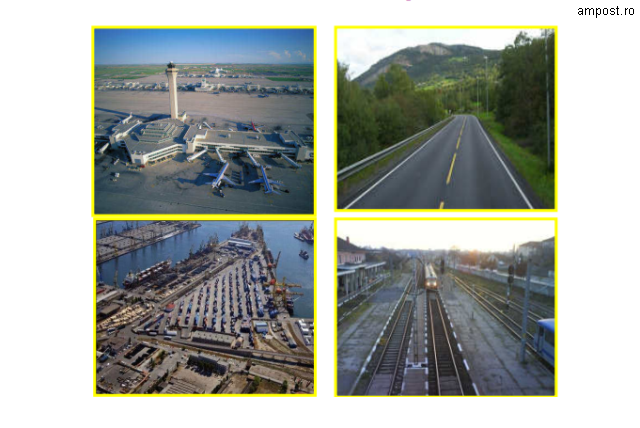The European commissioner for regional policy Corina Cretu urged the Romanian authorities, politicians and the entire Romanian society to commit to the transport master plan to allow for the implementation of major projects in the field able to boost the country’s development.
The European Commission is interested in building infrastructure in its less developed members that “stringently” need better road infrastructure, said the European commissioner for regional policy Corina Cretu on Wednesday in Cluj.
The Trans-European Transport Network TEN-T is a priority for the Commission, said Cretu, who visited, together with transport minister Ioan Rus, a section of the Sebes-Turda motorway, a project that forms part of TEN-T. The motorway is to be finalised by mid 2016, will have a total length of 70 km and will connect the Transylvania motorway, in the centre, to the European Corridor IV that runs all the way to the Black Sea.
To build the first section of the Sebes-Turda motorway, Romania will receive around 150 million euros from the European Commission. Commissioner Corina Cretu also urged the authorities, politicians and Romanian society to commit to the national transport master plan allowing for the implementation of major transport projects and providing the European Commission with a needed guarantee of stability. Efficient and sustainable infrastructure must be a priority if we wish to secure Romania’s connection to the main European transport corridors, Cretu also said. She held talks with minister Ioan Rus about the Large Infrastructure Operational Programme. Under the European Union’s 2014-2020 long-term budget, Romania has been allocated 9.5 billion euros to finance a number of projects in the area of transport, the environment and energy.
Most of the money, 7.5 billion euros, is earmarked for the development of transport infrastructure. Romania will have access to these funds as soon as the European Commission approves its transport master plan, which, said minister Rus, is almost finalised. He also announced that the Transylvania motorway linking Brasov, in the centre, to Bors, in the west, on the border with Hungary, would be finalised in 2017 or 2018.
A portion of the European funds will be invested in Romania’s 7 international airports and the rehabilitation of railroads. Ioan Rus also said the Romanian authorities would pay special attention to the Bucharest-Iasi-Chisinau high-speed rail. The European commissioner for regional policy Corina Cretu said Romania’s transport master plan would be approved by the European Commission by the end of May.
